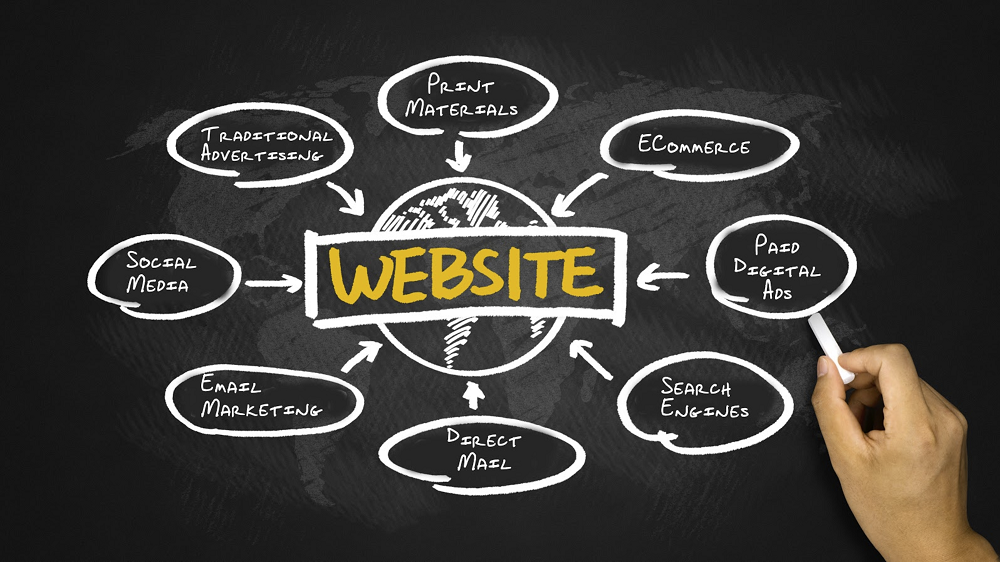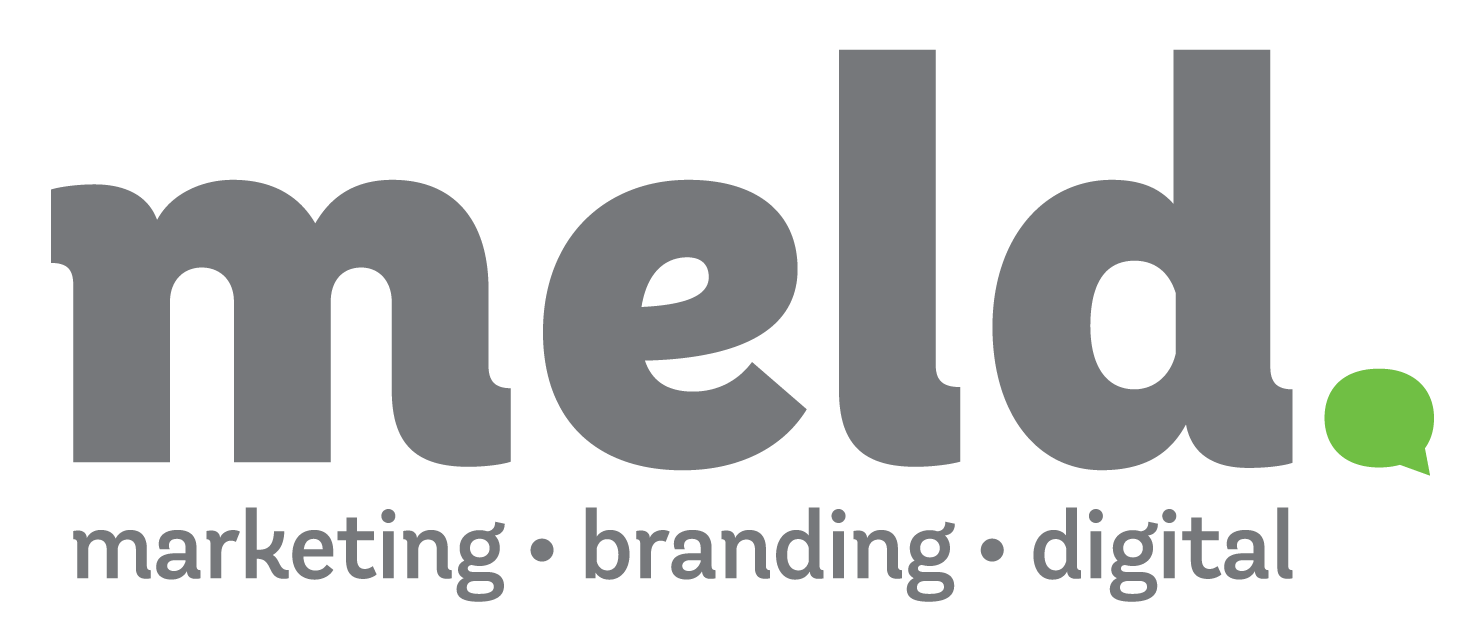We frequently have customers visit our office with a very specific need in mind: a new logo, social media support, targeted digital advertising, or setting up a marketing strategy. Ultimately they want to reach more customers.
One of the first things we do before we meeting with a potential client is look at their website. What do we find? Often times we see cookie-cutter templates or imagery that doesn’t represent the company’s focus. Content that is often unclear, redundant, or inconsistent–leaving more questions than answers. Or the site might load slowly, include broken links and missing images, or fail to adjust for various screen sizes or not be mobile-friendly. Some business owners may not invest the time or effort to even create a site, assuming Facebook or Google My Business is enough.
The Website is Central to Your Marketing Efforts
A website is one of the most important tools in your marketing tool kit. It’s the central hub. Social media, Google Ads, on-demand video placements, radio spots or commercials, print materials, Google My Business, Yelp, press releases… they all need a central place for people to learn more. Yes, they can look at review sites or the ‘about us’ on your social platforms. But wouldn’t you prefer they go where you control the content and the customer experience?

Your website should be the ultimate representation of your brand—visually (colors, photo styles), through content/tone, and through the customer experience. In fact, the design and content you create for your website is where you should start because it has to tell your whole story. It will force you to dig into your whole business—your products, your about us, your history, your team, and your calls to action. If you can create a site with strategic messaging, engaging design, and a great customer interface, you will have conquered the hardest part of the job. From there, you should be able to take elements of your site and infuse them into all of the other elements of your marketing.
- Parts of the home page become messaging for social
- Team bios become Facebook posts and paid digital content
- Elements of your products and services can be expanded into remarketing efforts
But above all, a website sets a tone for the consistency of your brand, which equates to trust. The brand identity within your website can create a cohesive and consistent look and feel for use across all of your channels. Your website should set a road map for branding success. As you look at your website, try to look at it as a customer. Ask yourself:
- Would I trust this company or organization?
- Do I understand what they do?
- Do I understand if I’m their target audience? If I am, what action do they want me to take?
- Do I want to continue to engage with this brand—here or on other channels?
- Does the site design, imagery, and content create an emotional connection to the company?
Make Your Website a Priority
So, if we know websites are important, why don’t more companies make them a priority? We’ve had clients share that they don’t think it matters. Or that it isn’t a priority compared to other tactics.
Our response: If you focus on those other activities, where are the leads you generate supposed to go for more information? Your website. And if your website doesn’t answer common questions or look unprofessional, what does that communicate to a customer or client? Sometimes a bad website can speak louder than your social accounts, your digital ads, or your email campaigns combined.
What Really Matters on a Website?
- Consistency with your brand (visual style and content)
- Key messages woven throughout
- Imagery that reflects the brand
- Common customer questions answered
- Clear calls to action
- Easy to find information (but not too much information)
- Easy to navigate and use the site
- Mobile optimized (smartphones and tablets)
- Search engine optimization (SEO) (both from a technology and content standpoint)
- Up-to-date content (and frequently adding new content if you want people to return)
- Technology tools to make their lives easier (highly recommended, especially if your competitors offer this)
Websites are Foundational
A website is a foundational element of your business and your marketing. It should be a basic element of your brand (name, logo, colors, key messaging, photography styling, etc). When you consider opening a new business or rebranding, the website should be part of those start-up or rebranding efforts. Hosting, maintaining the site, and keeping fresh/new content on the site should be in both your ongoing marketing plan and annual budget.
Website Updates Should Be Expected
Active websites with frequent customer engagement should plan to offer new content at least monthly. Websites where customers don’t engage as frequently might be okay with less frequent updates. You might consider adding more content or new features/functionality to keep your site fresh.
Most websites undergo a major redesign every two to three years. A redesign allows you to leverage new technologies or enhance the site with additional web functionality. It also keeps your design fresh and modern. So consider website redesign in your longer-term budget needs and save up for that next major website development effort.
Considering a Site Redesign or Updates?
Meld has designed and built simple, single-page websites and multi-functional websites for multimillion-dollar businesses. We can help you create your initial website, update your existing website, or develop a fully-redesigned site. In addition, we provide hosting and maintenance, as well as content creation and updates. These can include blog posts, landing pages, downloadables, and other content features.
Reach out to us and let’s talk about your goals! We’ll even provide a free preliminary audit of your existing site to see where you could improve your customer experience. Let’s chat!



